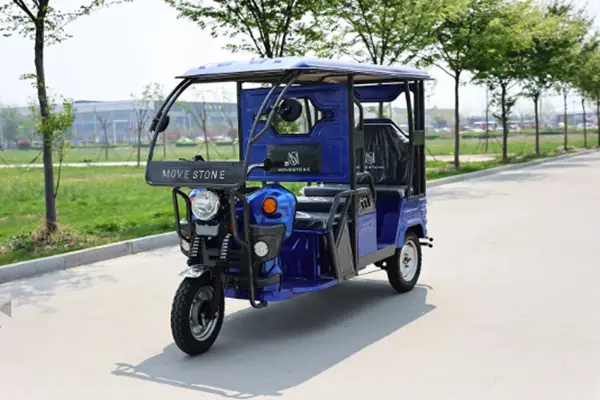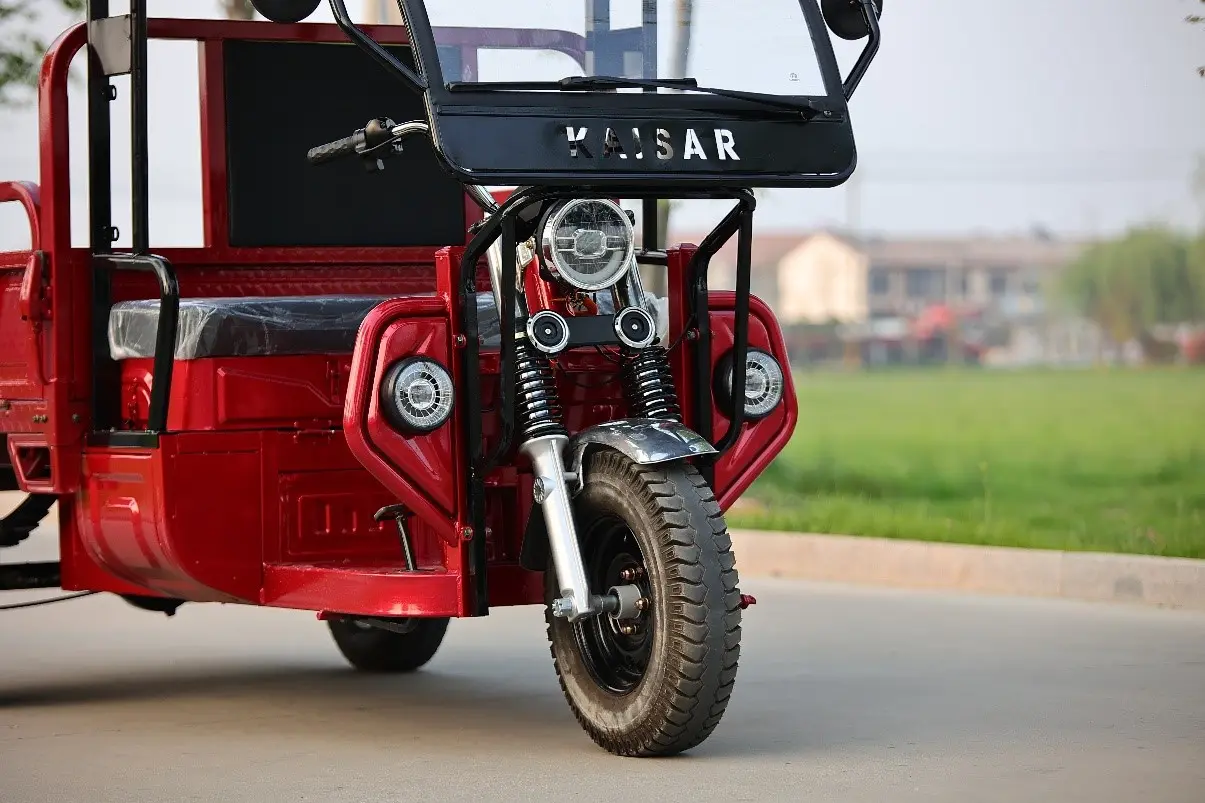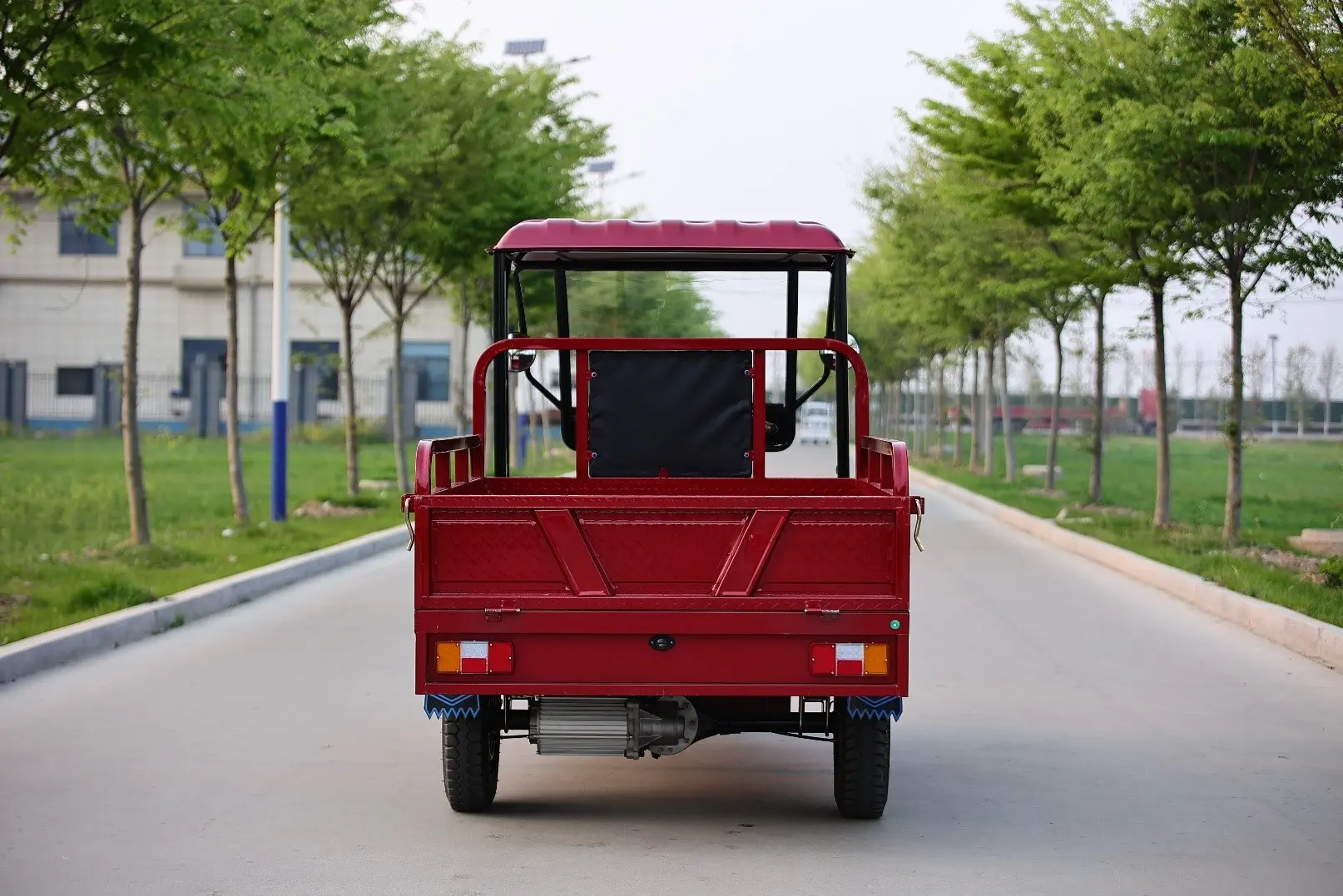Are you considering purchasing an electric tricycle and wondering if you can ride it on the sidewalk? This article dives deep into the often-confusing world of electric trike regulations, specifically addressing whether you can ride your electric tricycle on the sidewalk and other pavement areas. We’ll explore the varied traffic laws across different regions, considering factors like electric motor power, and typical customer concerns, offering practical insights to help you stay legal and safe while enjoying your ride. This information is especially helpful for senior citizens.
What are the Basic Rules for Riding an Electric Tricycle?
Before we delve into sidewalk specifics, let’s cover some fundamental aspects. The first step is to understand the basic classification of your electric tricycle. Is it a electric bike? Is it a trike? Is it a scooter? This often determines where you are legal to ride. Generally, an electric tricycle falls under the umbrella of electric vehicles. Understanding your electric trike’s classification is the crucial first step, which will vary based on the electric motor’s specifications, in particular the watt output.

Some key aspects that commonly determine traffic laws for electric bicycles and electric tricycles include:
- Power Output: The power output of the electric motor, typically measured in watts, often dictates the vehicle’s classification.
- Maximum Speed: The top speed the electric tricycle can achieve, sometimes indicated in mph, is another determining factor.
- Weight: The total weight of the electric tricycle can influence regulations.
- Pedal Assist: Whether the electric trike has a pedal-assist or throttle-only mode affects its classification.
Can You Ride an Electric Tricycle on the Sidewalk?
This is the million-dollar question! The answer is usually: it depends. In many places, the rules governing where you can ride your electric tricycle are not as straightforward as with a regular bicycle. You’ll need to check your local laws. There is no globally accepted definition. A lot of traffic laws consider a tricycle a motor vehicle.
Here’s a general breakdown:
- Often Permitted: In some areas, you might be able to ride an electric tricycle on the sidewalk, especially if it’s classified as an electric bike or e-bike and has a lower power output and speed. However, even in these cases, there might be restrictions, particularly in business districts or crowded pedestrian areas.
- Often Prohibited: In other locations, it might be illegal to ride your electric tricycle on the sidewalk. This is usually to protect pedestrians and pedestrians who can’t anticipate higher speeds greater than walking speed.
- Exceptions: Sometimes, exceptions are made for certain users, such as senior citizens or individuals with mobility issues. But you must check the local laws.
How Do Traffic Laws Vary Regarding Electric Tricycles?
Traffic laws vary greatly, not just between countries, but also between states, cities, and even specific districts within a city. Here’s a glimpse of the range:
- USA: In the United States, regulations vary significantly by state. Some states have adopted the three-class system for electric bicycles, classifying them based on power output and top speed. Class 1 electric bicycles (pedal assist, 20 mph max) are usually allowed on bike paths, bike lanes, and sidewalks where bicycles are permitted. Class 2 electric bicycles (throttle-assisted, 20 mph max) have similar permissions, while Class 3 electric bicycles (pedal assist, 28 mph max) may be restricted to bike lanes and open road. States, counties, and cities determine their rules. Always stay informed.
- Europe: European Union regulations often focus on electric bicycles and e-trikes with a power output of 250 watts or less and a top speed of 15.5 mph (25 km/h). These are often treated similarly to regular bicycles. Electric trikes with higher power output or speeds greater might require registration and be subject to motor vehicle regulations.
- Australia: Australian states and territories have different regulations. Generally, electric bicycles with a power output of 200 watts or less and a top speed of 25 km/h are allowed on bike lanes, roads, and some shared paths. Electric trikes with a higher power output may require registration and be subject to motor vehicle regulations.
- China: China’s regulations focus on electric bicycles and electric trikes with a power output of 250 watts or less and a top speed of 25 km/h. These are typically treated similarly to regular bicycles. Electric trikes with higher power output require a license.
Where is It Generally Legal to Ride an Electric Tricycle?
Despite variations, some general guidelines typically apply regarding where you can safely and legally ride your electric tricycle:
- Bike Lanes: Bike lanes are usually a safe and legal to ride option. Check whether a particular lane is designated for bicycles, e-bikes, or all electric vehicles.
- Cycle Paths and Bike Paths: These are often multi-use paths, meaning they are open to bicycles, electric bicycles, and sometimes scooters. But make sure it’s safe.
- Roads: Depending on your electric trike’s classification and the local laws, you may be allowed on the road. But be aware of the traffic laws and the speed limits, and follow all the regulations.

What Should You Consider Before Riding on the Sidewalk?
Even when it’s technically legal to ride on the sidewalk, think about several things:
- Pedestrian Safety: The safety of pedestrians should always be your top priority. Sidewalks are designed for people walking, and an electric trike, even at low speeds, can pose a danger.
- Congestion: If the sidewalk is crowded, it’s often best to avoid riding there, even if it’s permitted.
- Visibility: Ensure you are visible to pedestrians and other users, especially at intersections and driveways. Consider using lights, especially in low-light conditions.
What Are the Risks of Riding on the Sidewalk?
The risks of riding where it’s illegal to ride are significant:
- Fines: You could receive a fine for violating traffic laws. Fines can vary, with some being as low as £50 or more depending on the jurisdiction.
- Confiscation: In some cases, your electric tricycle could be confiscated.
- Accidents and Liability: If you cause an accident while riding illegally, you could be liable for damages or injuries.
- Safety Concerns: Even when legal, there are safety concerns.
How Can You Find Out the Traffic Laws in Your Area?
Finding the correct information is crucial:
- Local Government Websites: Check your city or county’s official website for ordinances regarding electric vehicles, electric bicycles, and tricycles.
- Local Police Department: Contact your local police department or safety commission for clarification on the rules.
- DMV (Department of Motor Vehicles): In some areas, the DMV might have information on electric vehicles and their regulations.
- Online Resources: Search online for resources specific to your area (e.g., "local laws for e-bikes in [City Name]").
What Signs Indicate That You Shouldn’t Ride on the Sidewalk?
There are several signs to watch out for:
- Signs That Say "No Bicycles": If signs prohibit bicycles (or sometimes electric bicycles or e-bikes specifically), then you should not ride.
- Signs with pictures: Pictures of bicycles with a red circle and a slash through them
- Pedestrian Zones: Sidewalks in areas that are primarily for pedestrians, especially shopping areas, may have restrictions.
- Signs indicating bike lanes: These signs show where bikes are allowed on bike lanes, and the absence of such signs may mean riding on the sidewalk is not permitted.
What are Some Safety Tips for Riding an Electric Tricycle?
Whether you ride on the road, a cycle path, or, in some instances, the sidewalk, safety is paramount:
- Wear a Helmet: Always wear a helmet. This is probably the most important safety measure.
- Follow Traffic Laws: Adhere to all traffic laws**, signal your turns, and follow right-of-way rules.
- Be Visible: Use lights (front and rear) and wear bright clothing, especially at night or in low-light conditions.
- Be Predictable: Ride in a straight line, avoid sudden movements, and signal your intentions.
- Check Your Electric Tricycle: Before each ride**, inspect your brakes, tires, and lights to ensure they are in good working order.
- Maintain a Safe Distance: Keep a safe distance from other riders, pedestrians, and vehicles.
- Be Alert: Pay attention to your surroundings, be aware of potential hazards (like potholes, driveways, and opening car doors), and avoid distractions.
- Know Your Limits: Don’t ride if you are impaired by drugs or alcohol, and avoid riding in adverse weather conditions.

What About E-Trikes and Electric Bikes? Are the Rules Different?
The rules for e-bikes and e-trikes are often interlinked but can differ. Here’s a comparison:
- E-Bikes: Generally, the laws are more established for e-bikes. They usually align with bicycle regulations, with classifications based on power output and top speed. Many local laws provide clear guidelines for where e-bikes can ride.
- E-Trikes: Because e-trikes are more like motorized vehicles, the regulations can be more complicated. Some are considered electric bicycles based on their power output or watt capacity, while others are classified as motorized vehicles. They may require registration like a motor vehicle.
What are the Future Trends for Electric Tricycle Regulations?
As electric vehicles, especially electric bicycles and electric trikes, become more prevalent, we can expect evolving regulations:
- Standardization: There’s a growing trend toward standardizing regulations, but progress is slow. The three-class electric bicycle system in the USA is a good start, but it needs wider adoption.
- Increased Enforcement: As the use of electric vehicles grows, expect increased enforcement of existing traffic laws.
- Infrastructure Development: More cities and towns are investing in dedicated bike lanes, bike paths, and other infrastructure to accommodate electric bicycles and electric trikes.
- Public Awareness: There’s a growing need for public awareness campaigns to educate cyclists, riders, and other pedestrians about the traffic laws and safe riding practices.
Electric tricycles offer a fun, affordable, and sustainable method to ride, making them a popular choice for many, including seniors. At ZHIYUN, we offer a wide range of electric tricycles to meet different needs and budgets. Check out our models, including our EV5 Electric passenger tricycle, for a great balance of quality and value. Also, consider our Electric cargo tricycle HJ20 if you’re in the delivery business. For those needing more cargo space, our Van-type refrigerated electric tricycle HPX20 provides exceptional performance.
Understanding the regulations for riding your electric tricycle is crucial for a safe and legal ride. By staying informed about local laws, practicing safe riding habits, and choosing the right electric tricycle, you can enjoy the many benefits of this convenient and eco-friendly form of transportation.
Here’s a quick summary of the main points:
- Know Your Local Laws: Traffic laws vary greatly; research the rules in your area.
- Prioritize Safety: Wear a helmet, use lights, and be aware of your surroundings.
- Understand Vehicle Classification: Know how your electric tricycle is classified (e.g., e-bike, e-trike).
- Consider Other Users: Be mindful of pedestrians and other riders
- Stay Updated: Traffic laws and regulations are always changing, so stay informed.
Post time: 02-12-2025




